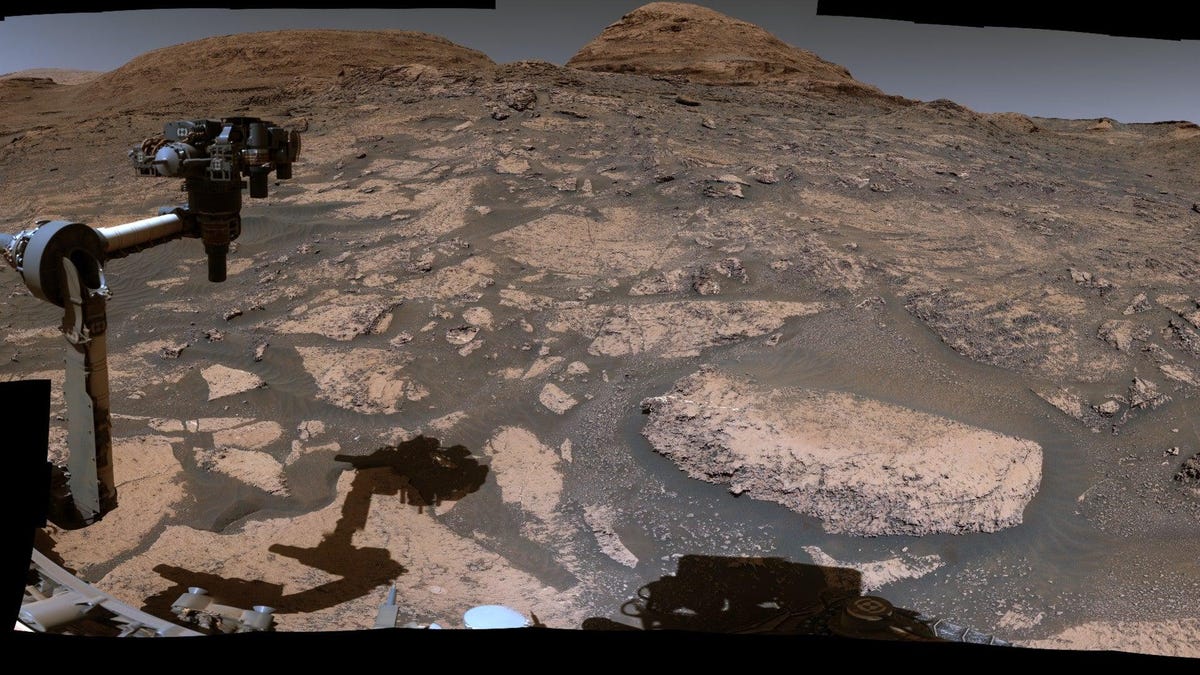
The rover has been puttering about the Gale Crater, a 96-mile-wide (154-kilometer-wide) basin on Mars, since first landing there in 2012. Around this time of year, the planet’s winter, the signature red haze of dust surrounding Mars has cleared up a bit, giving Curiosity a clear view of the crater’s floor and the 16 miles (25.7 kilometers) it has traveled over the course of its mission.
These snapshots also provide some interesting insights into how the planet’s environment has evolved over millions of years. The region that Curiosity previously explored was dominated by clay-rich rocks that formed in lakes, but now it’s finding rocks filled with salty minerals called sulfates.
“The rocks here will begin to tell us how this once-wet planet changed into the dry Mars of today, and how long habitable environments persisted even after that happened,” said Abigail Fraeman, Curiosity’s deputy project scientist at NASA’s Jet Propulsion Laboratory.
G/O Media may get a commission
It’s within this ancient Martian environment that scientists believe life may have existed on the planet, which is why Curiosity and NASA’s other Mars rover, Perseverance, are combing the area for clues. Over the next year, NASA said Curiosity will venture past Rafael Navarro Mountain and another mountain that’s taller than a four-story building. After that, it will enter a narrow canyon before revisiting a slope with a sandstone cap nicknamed “Greenheugh Pediment” that it previously summited in 2020.